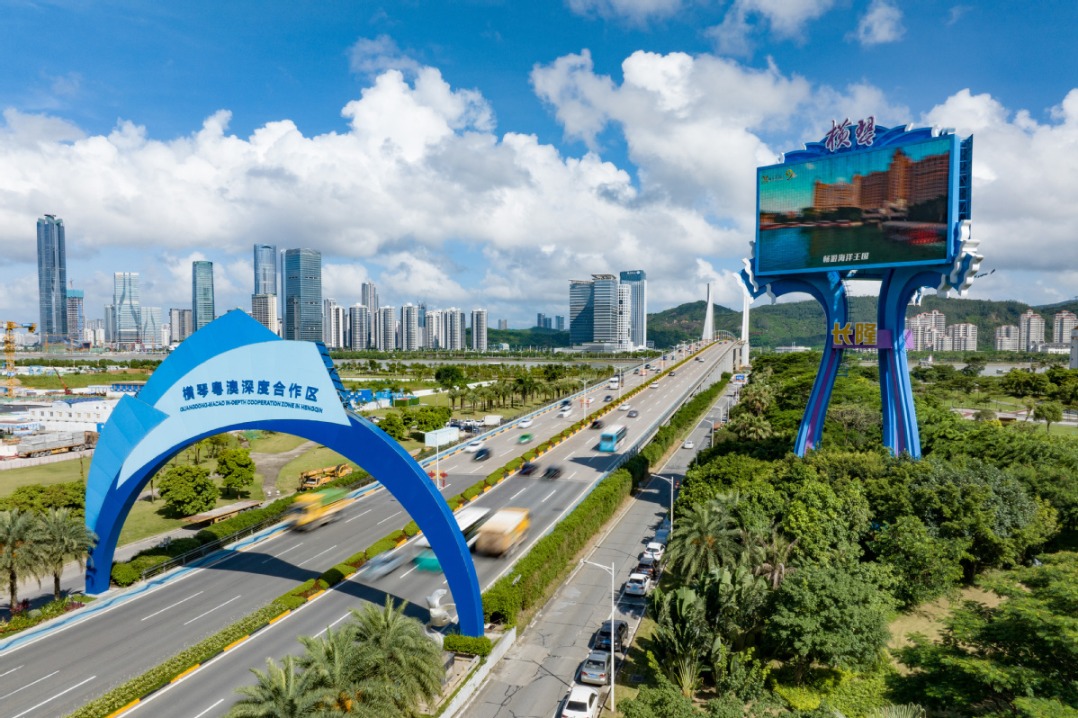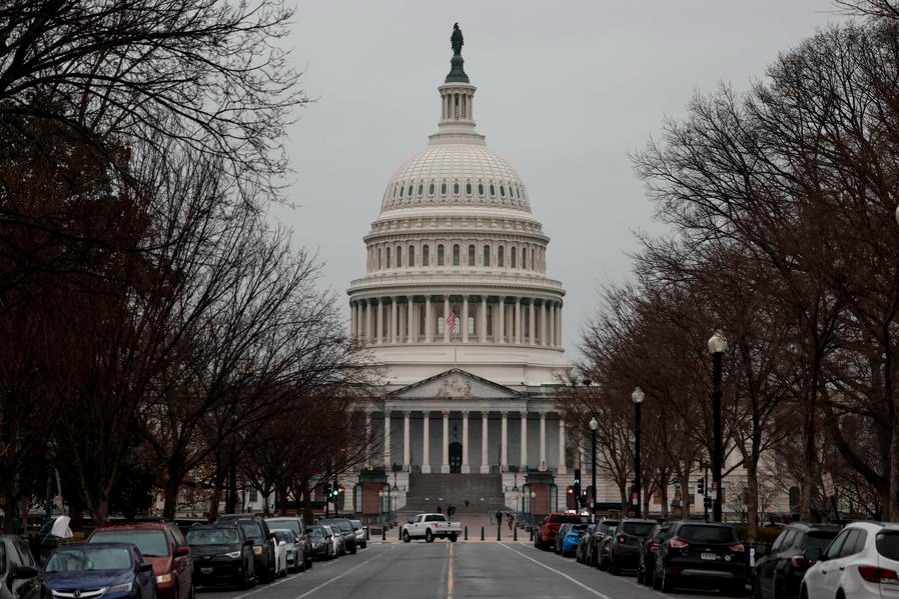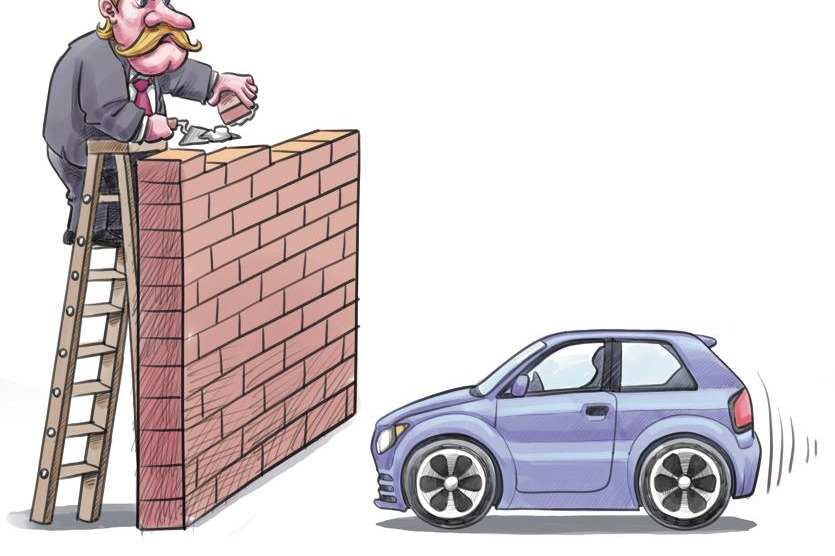Toilet revolution: What's next?

Editorial note: China launched the "toilet revolution" at tourist attractions in 2015, which has already seen a tourism boost that later expanded to improve restroom sanitation in cities and the countryside. Another 64,000 toilets will be built and upgraded in the next three years. What should be noticed and improved in the next step? Two experts share their views on the issue with China Daily's Yao Yuxin. Excerpts follow:
Advanced management level on public toilets matters
Qian Jun, founder of the Yuting Foundation, a non-profit organization devoted to improving toilet environment.
China is devoted to constructing and renovating more public toilets facilities as part of the "toilet revolution" launched in 2015 with 70,000 completed in the last three years. The campaign aims to further improve the hygiene and living standards of the masses, and boost domestic tourism with clean restrooms and another 64,000 new toilets between 2018 and 2020.
However, the management of public toilets is largely ignored by the authorities as the current focus is on speeding up infrastructure construction, especially in tourist attractions. In fact, many public restrooms costing huge amounts of money may be abandoned with damaged sanitation facilities and the stench and filth due to a lack of regular maintenance.
Although the plan won more public attention and financial allocations on restroom hygiene than before, with around 20 billion yuan already spent, it is still far from enough. For example, each public toilet can cost from 150,000 yuan in Beijing to as low as 18,000 yuan in some remote places to cover the whole year's expenditure, including the water, electricity and wages for cleaning staff. These wages are low, meaning it's hard for workers to make ends meet. The jobs hold no attraction to young people and are considered shameful places to work in China.
Moreover, cleaning techniques in public toilets also are antiquated by using mothballs to cover but not get rid of the smell or using strongly acidic washing powder for cleaning that can erode the enamel on the bottom of sinks and largely shorten the service life of equipment, causing a waste of resources.
The campaign can explore new management models by learning about foreign experiences, such as commercial operation with advertisements in public toilet to pay for upkeep and even turn a profit, and toilet chiefs can also be introduced to strengthen management.
Also, a scientific design for public bathrooms should be taken into consideration at the very beginning, such as putting sinks in the entrance but not the very bowels of the bathrooms to avoid muddy floors, which will reduce clean-up work later.
And it is reasonable to invest a little bit more money in building some "luxury toilets" with local characteristics, for example at scenic sites. The intention of the "toilet revolution" should always be stressed to give convenience and clean sanitation facilities to people.


































